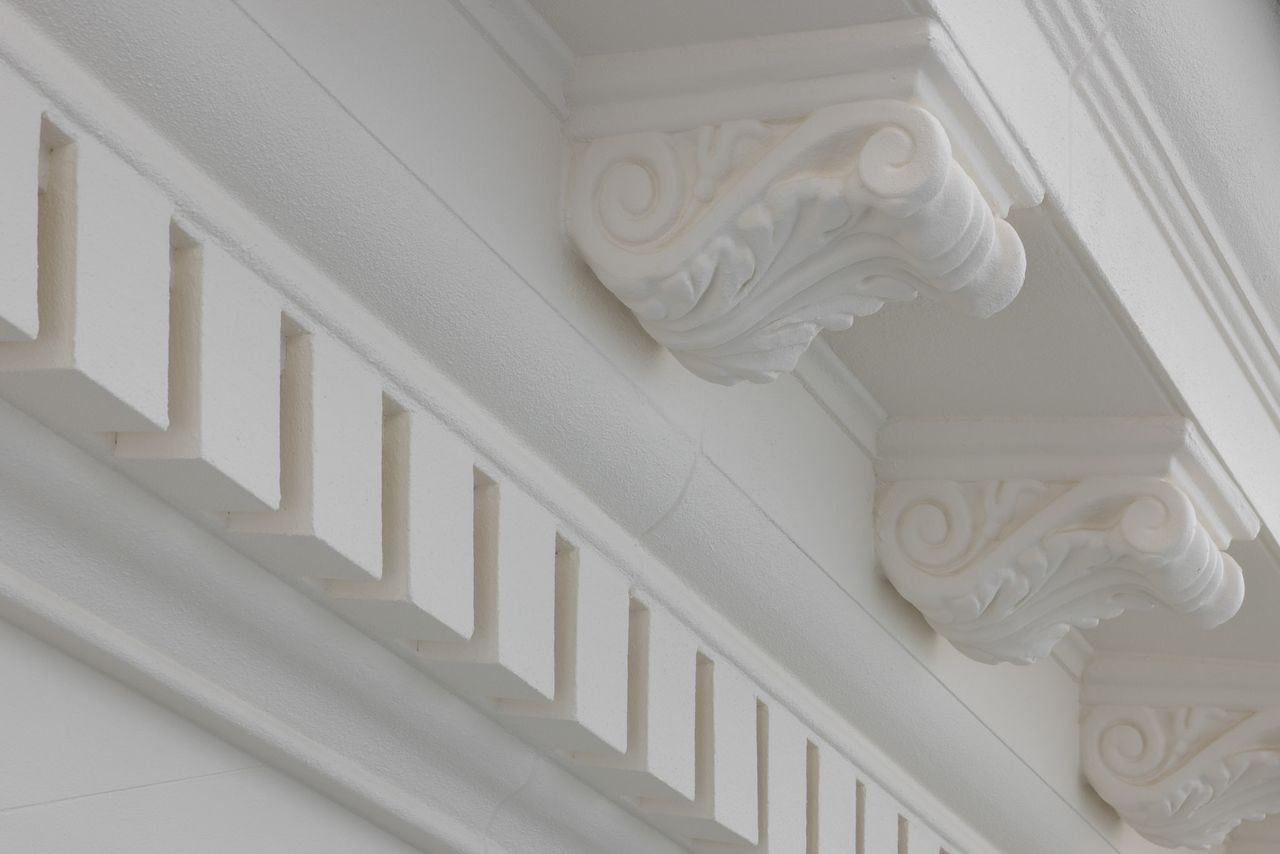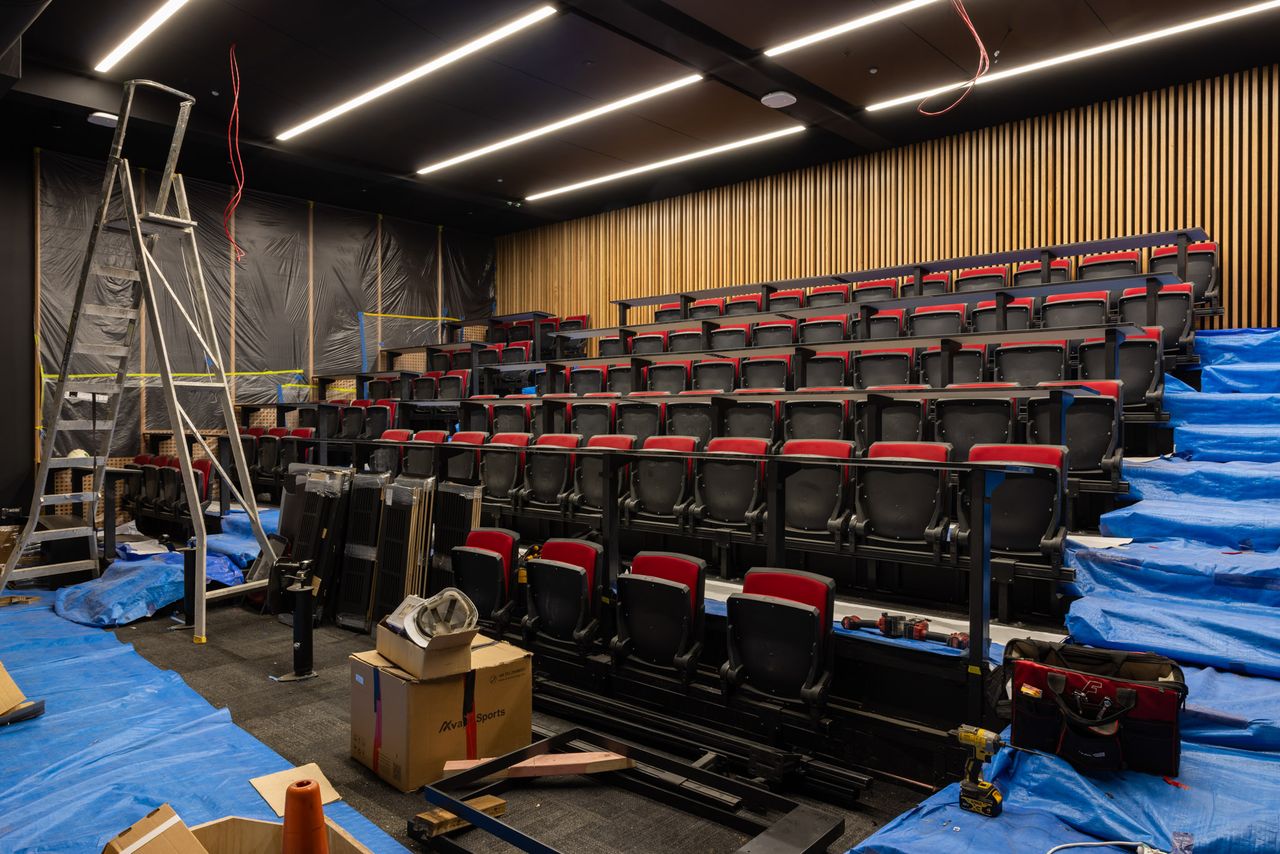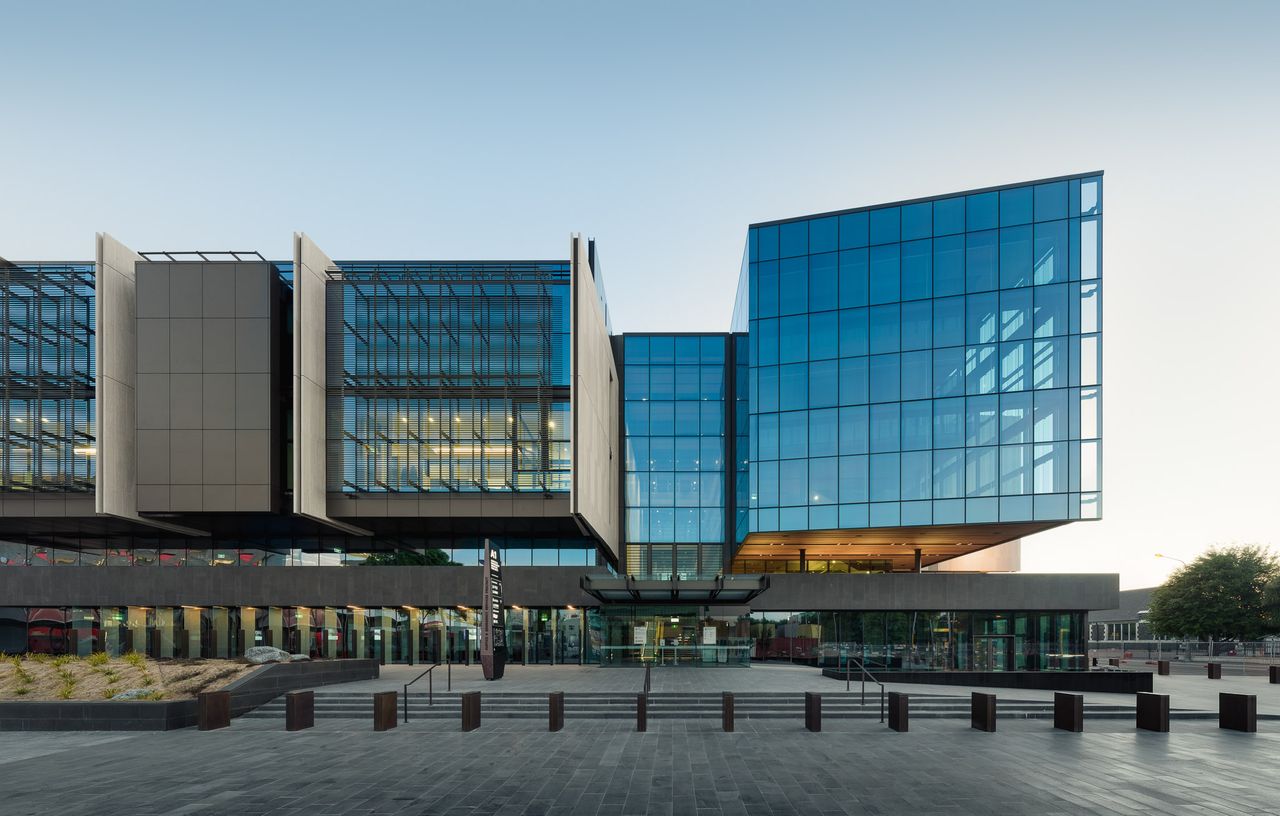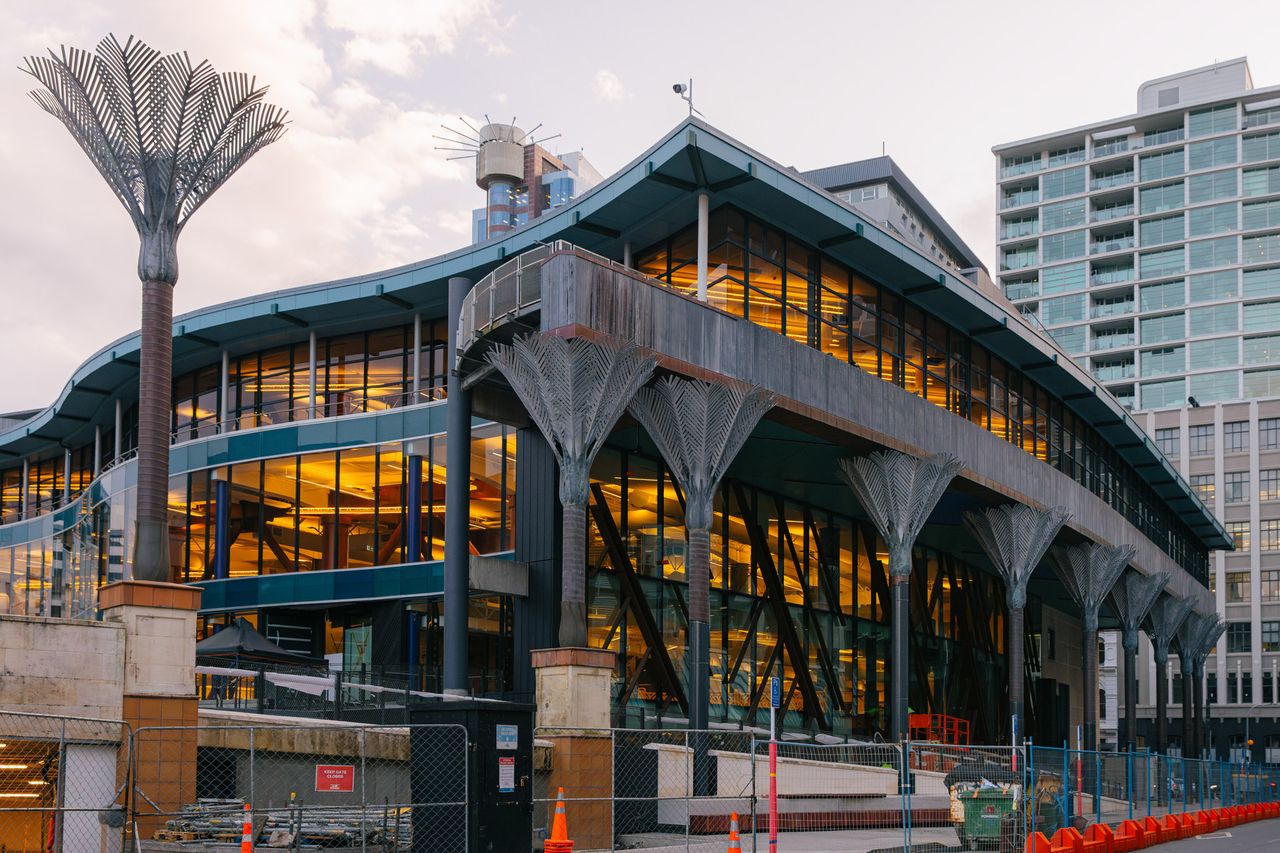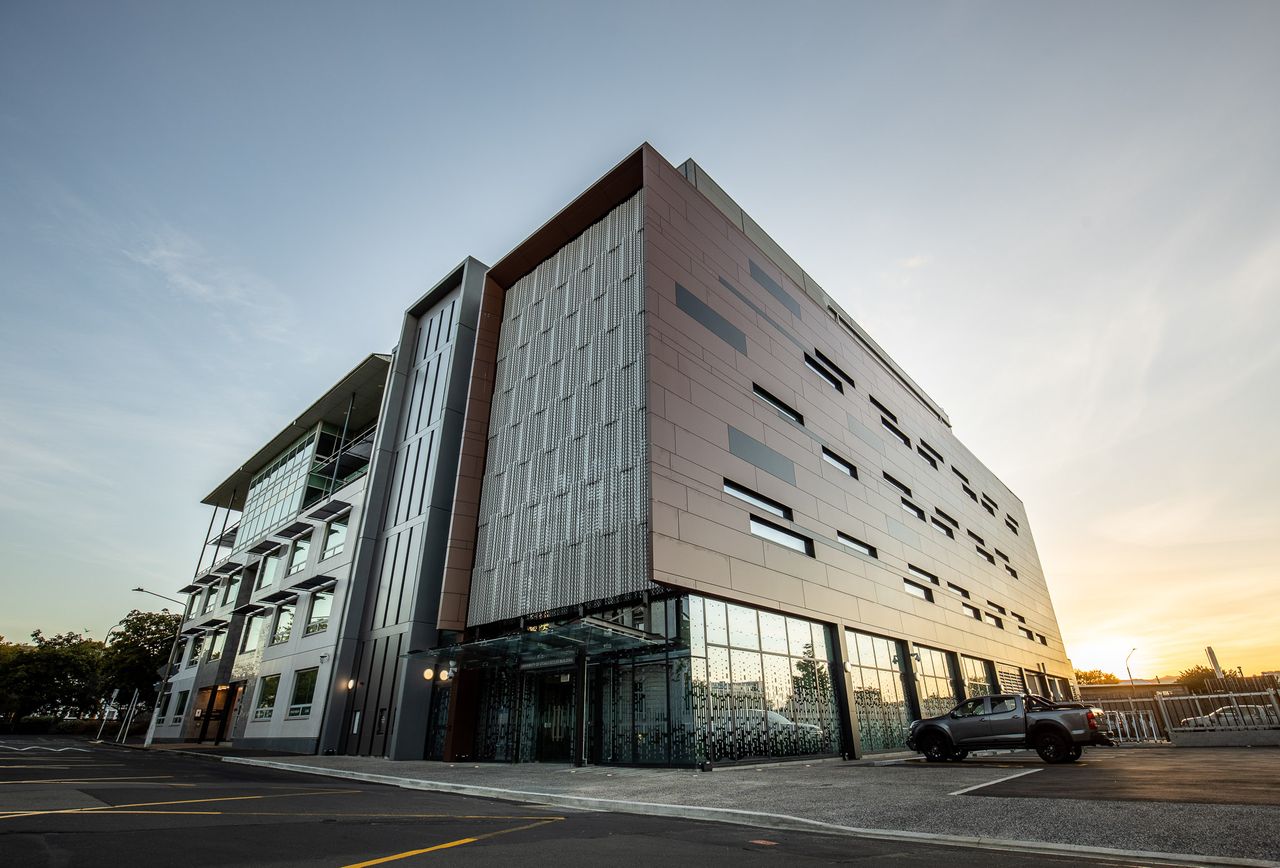Projects
Old Choral Hall
Client
- University of Auckland
Project Leads
Sector
Location
- Auckland – Northland
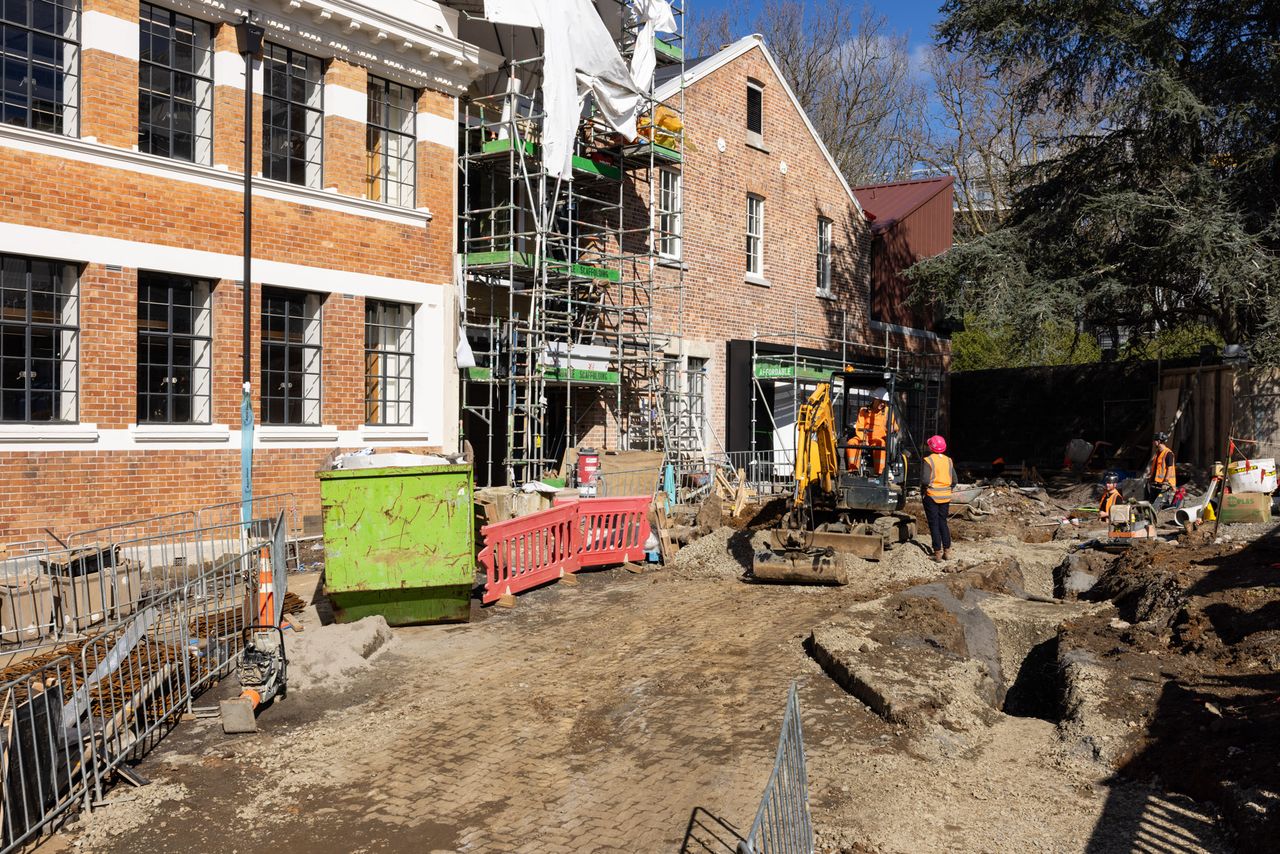
The restoration of Auckland University’s Old Choral Hall – a Category A heritage listed building of special historical significance - is an example of managing intricate heritage projects and balancing preservation requirements with modern functionality.
The first Choral Hall was constructed in 1868 and burnt down. The replacement hall then opened in 1871 but, unfortunately, was also destroyed by fire. The current hall was subsequently constructed in 1872 and has undergone numerous additions and alterations over its significant 150-year history, many of which compromised the building's architectural integrity. The restoration project focused on stripping away the non-authentic elements and bringing back the original vision, including putting back historic façade elements that properly reflect the building's cultural significance. The project encompasses significant heritage protection efforts, including the careful salvage and reuse of original building elements like doors and windows. To the rear of the site is the Category 1 listed Albert Barracks Wall, where only hand tools can be used within a five-metre ‘extent of place’ protection zone.
RCP provided comprehensive project management services through construction, including acting as the engineer to contract and engineer’s representative.
The team’s approach addressed the unique challenges of working within a heritage context whilst accommodating modern requirements. The building has been divided into multiple zones, each treated as semi-individual projects due to varying structural conditions and complex interdependencies. Internal spaces have been reconfigured to accommodate offices and classrooms, supported by comprehensive upgrades to internal services, improved finishes, and essential structural upgrades to meet contemporary safety standards.
Key considerations included simultaneous demolition and construction activities, with each area requiring bespoke approaches due to differing structural conditions. During construction, numerous unknown conditions typical of heritage buildings were discovered, including inadequate framing and foundation issues requiring staged stabilisation. This included the discovery of a pre-1872 well and pavement remains which followed discovery protocols and required revised planning for the protection and in-situ presentation of the well after project completion.
With over 2,288 Requests for Information and 2,492 Contract Instructions issued to date, rigorous oversight of the project's extensive documentation and coordination requirements was required. The team facilitated targeted design meetings and walkthroughs involving relevant subcontractors to efficiently resolve technical queries and maintain project momentum.
A comprehensive risk management approach included regular review and communication of evolving project risks to appropriate stakeholders, ensuring proactive resolution of potential issues. The team's emphasis on forward planning and early identification of challenges proved crucial in managing the project's inherent complexities.
Despite significant challenges including dimensional variances from original drawings, overlapping zone dependencies, and ongoing variations, the project is progressing toward completion with most zones in the finishing phase of first-fix services.

